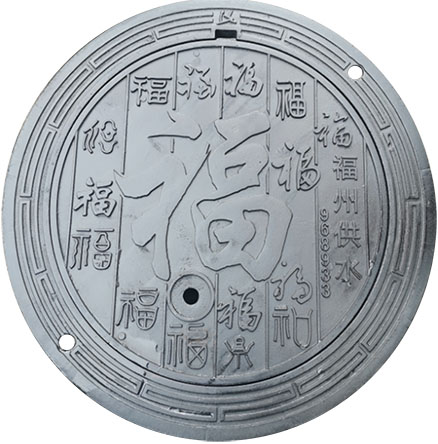When purchasing jade, you often hear terms like "jade," "pure," "light," and "rubber." These are all descriptions used to evaluate the quality of jade. While many factors influence the quality of jade, two key elements stand out: "Ground" (also known as "Land") and "Water." Let's explore what these terms mean and how they affect the value of jade.
The term "ground" refers to the base or background of the jade, excluding the green color. The type of ground can range from completely transparent to opaque, with various textures in between. The appearance of the ground is closely related to the "water" — a term that describes the transparency of the jade.
In addition to having rich, even green color and a clean ground, there are several classifications of jade ground:
- **Glass Ground**: This is the most desirable type, as it is as clear and bright as glass, with a smooth and pure texture.
- **Clean Water**: Slightly less transparent than glass ground, but still considered high quality.
- **Egg White Ground**: Resembles the clarity of egg white, though slightly hazy. This is also considered a fine quality.
- **Shrimp Meat**: The ground has a pinkish or grayish tone, making it a mid-to-high quality piece.
- **Lotus Root Powder Ground**: Characterized by a reddish hue, this is also considered a mid-to-high grade.
- **Porcelain White Ground**, **Incense Ash Ground**, **Shantou Ground**, and **Lake Green Ground** are all opaque types, falling into the lower quality category.
The term "water" refers to the transparency of the jade. High transparency is called "water foot," moderate transparency is "water difference," and opacity is referred to as "wood."
Words used to describe water include "pass," "put," "transparent," "ice," and "ying." Among these, "ying" represents the highest quality, while "no pass" is the lowest. "Ying" means the jade is extremely watery, whereas "wood" indicates no transparency at all.
Other terms for describing water include "horse sugar water," "glass water," and "spring water." Horse sugar water is similar to "ying," glass water resembles "ice," and spring water is akin to "transparent."
The relationship between water and color is crucial. For example, a piece of emerald green jade may have poor penetration of light, yet if the color is rich and even, it can still be considered a high-quality piece.
When observed under natural light, the "water" of the jade can create different visual effects:
- **Slightly blue**: Often called "less yellow flavor," this is considered top-grade.
- **Clearly bluish**: If green is still visible, it’s a mid-range product.
- **Deep blue**: The green is not visible to the naked eye, only under light — commonly called "see green green," which is a lower-end product.
- **Blue under light**: Appears blue under blue or black light, known as "oil green," and is considered a mid-range product.
Understanding these characteristics helps buyers make more informed decisions when selecting jade. Whether you're an enthusiast or a collector, knowing the nuances of "ground" and "water" can significantly enhance your appreciation of this beautiful gemstone.
Ductile Water Supply Manhole Cover
Ductile Water Supply Manhole Cover made of ductile iron to use water supply manhole top and other places, such as road side pavement and so on.

Manhole cover, ductile manhole cover, ductile iron manhole cover, cast iron manhole.
Runchun Casting (Zhoushan) Co., Ltd. , https://www.en124casting.com
